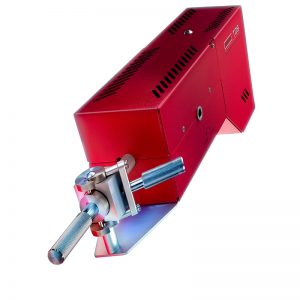The influence of variations in desorption temperature, desorption fl ow and sample preparation on VDA 278 analysis method [1] robustness and reproducibility is studied using a wide variety of samples from automobile interior materials: polypropylene (PP) granulate, polyurethane (PU) foam, leather, Duroplastic plastics and paint. It is shown that a temperature difference of just two degrees at 90°C or at 120°C can lead to an emission deviation of ± 20 percent. Also, desorption flow is shown to have significant influence on paint stripe emission values while there is little influence on samples like PP granulate.
A software feature “VDA 278 calibration” is presented, which enables temperature calibration by just a few mouse-clicks. Examples shown are adjustment of the temperature to 90°C and 120°C respectively as required in the VDA 278 method, with a deviation smaller than ± 1.0°C.



